THE BERLIN AIRLIFT
TIMELINE
Our timeline is a bulleted listing of major points in the history of the Berlin Airlift.
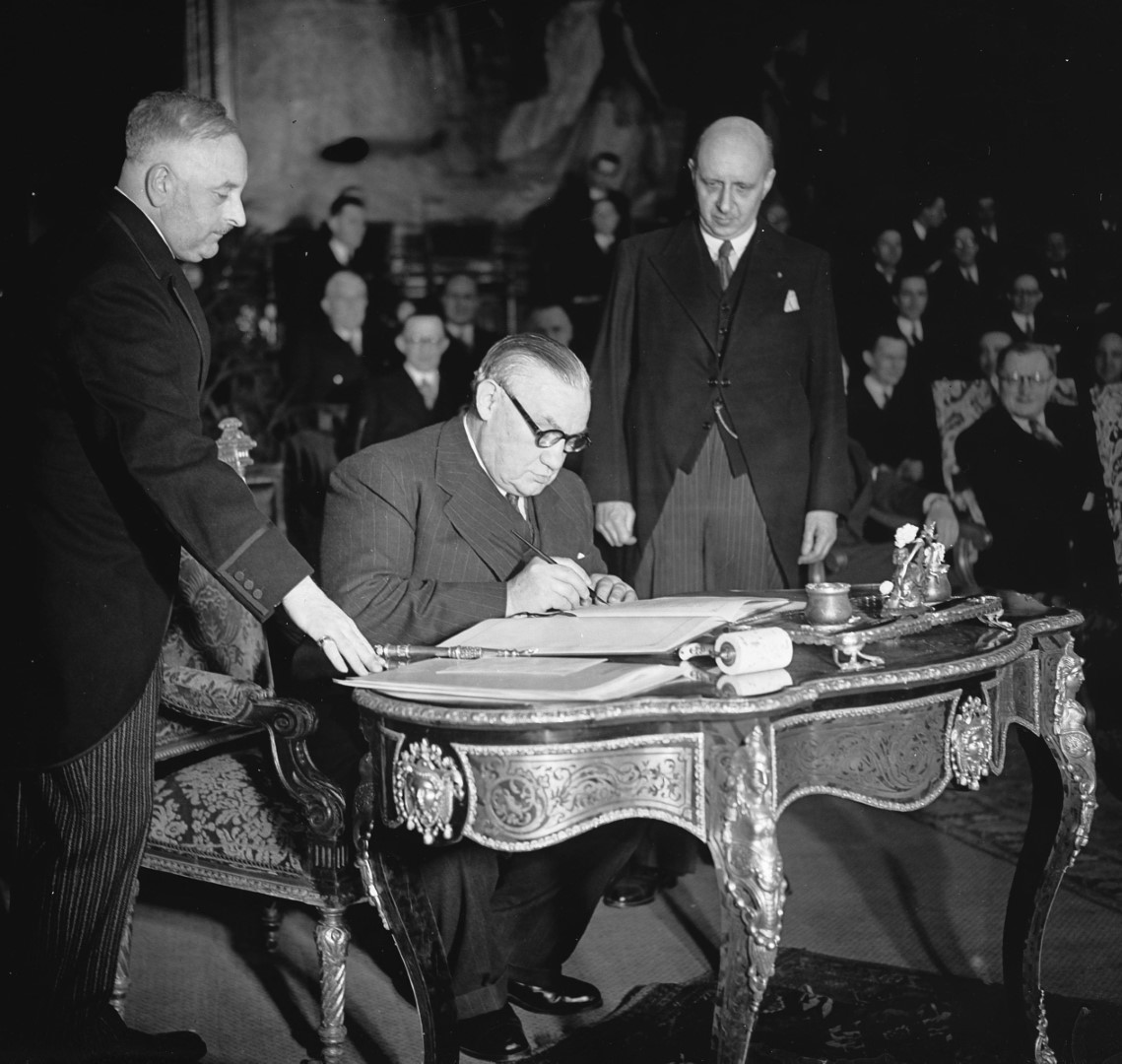
TREATY OF BRUSSELS
22 January 1948
British Foreign Secretary Ernest Bevin proposes the formation of a Western Union which led to the Treaty of Brussels, which was a countermeasure aimed towards Russian expansion and aggression. The Treaty of Brussels is signed on March 17. This is a predecessor to the formation of the North Atlantic Treaty Organization (NATO). The reaction by the Russians beginning in mid-January is to interrupt traffic to the Berlin, to the western allies (USA, UK, and France) because of “technical problems."

VOICE OF AMERICA JAMMED
1 February 1948
The Soviet Union begins to jam Voice of America radio broadcasts.
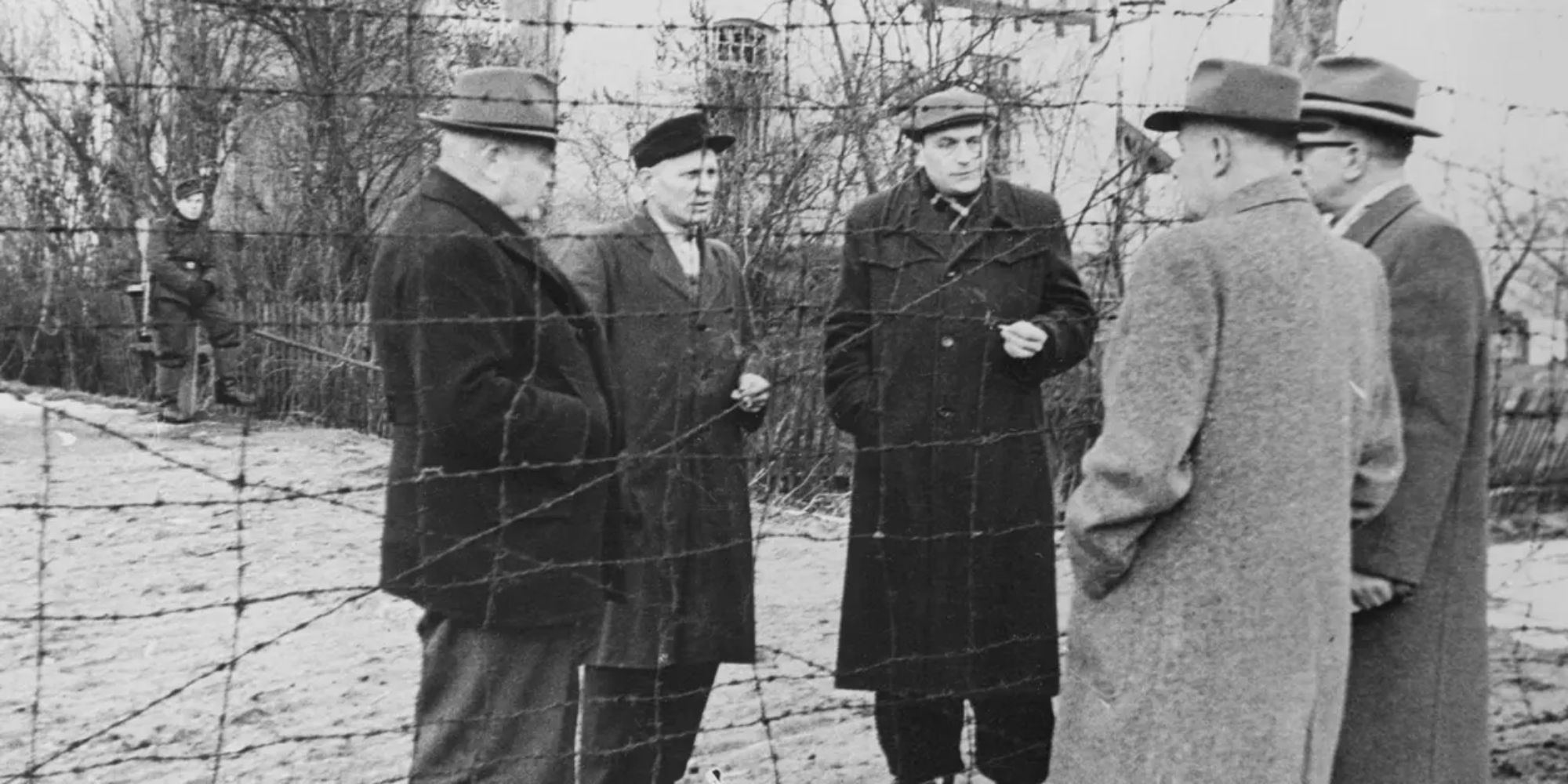
FORMATION OF WEST BERLIN
16 February - 5 March 1948
Because of constant Russian inspired turmoil in Berlin, plus no agreement
toward reunification, England and the United States meet in London and agree to consolidate their Berlin Sectors and call it West Berlin. They also agree to consolidate their Zones and establish a West German government with Bonn as the capital. France was initially reluctant to participate due to political changes in Paris, however, eventually France agrees in June of that year.
West Berlin and West Germany governments were to be established by Germans for Germans without allied military participation. Also, a new currency is issued to stimulate the economy. While this conference is going on the Communists take over the Czechoslovakia.
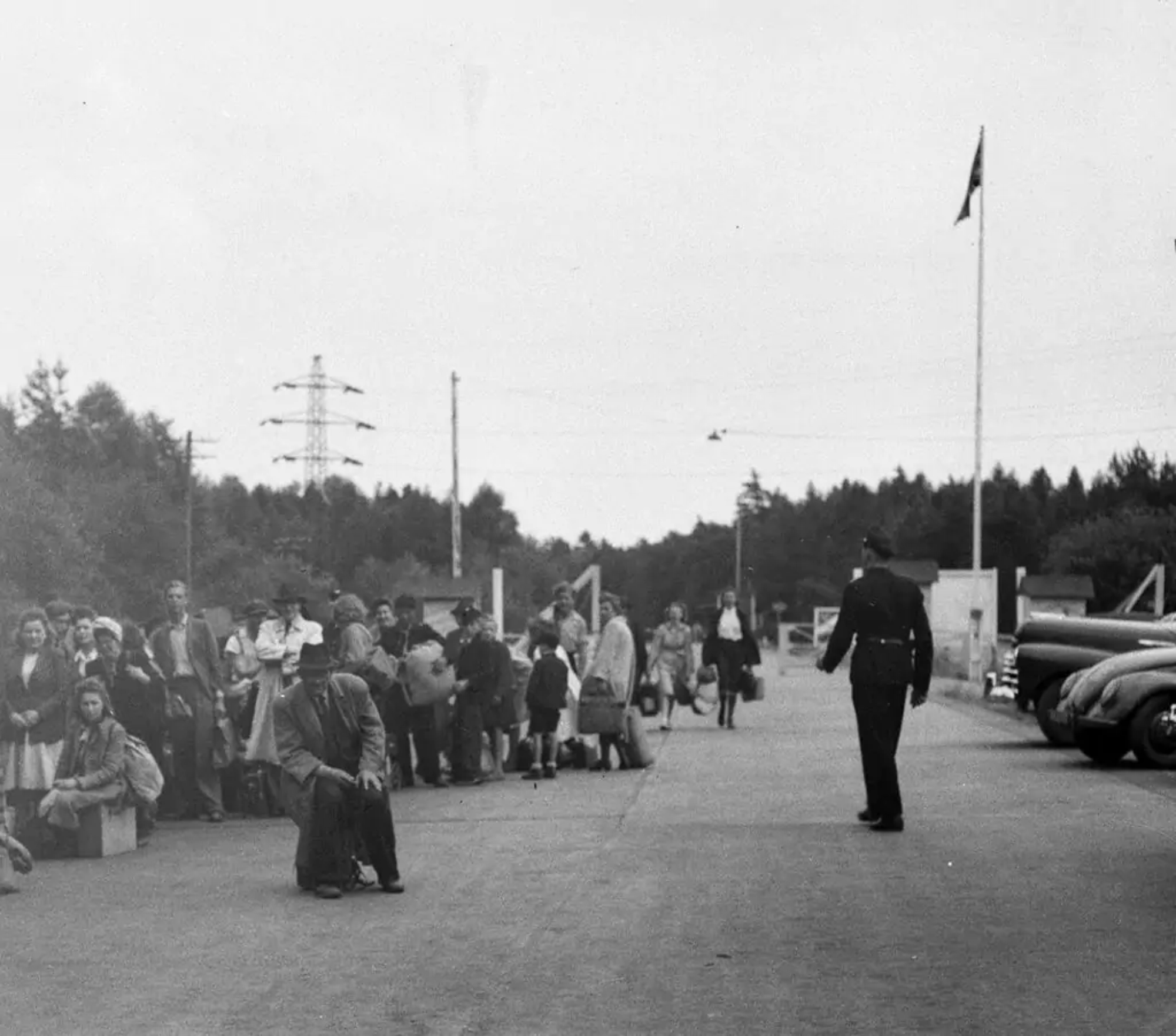
FORCING THEM OUT
9 March 1948
Soviet leaders in Germany are called back to Moscow for a meeting. At this meeting Soviet leader Joseph Stalin reportedly said, "Let’s see if we can force them out." They returned on the 12th of March with instructions to regulate military access to and from Berlin.
Highway traffic on the Autobahn is interrupted, trains are stopped for searches and canal traffic is also harassed. These restrictions also increased on the one
railroad line in to Berlin, the one road in, and all canals. The restrictions continued right up to the full blockade on June 26. The purpose of this effort was to eject the Western Allies from Berlin.
ALL TRAINS STOPPED
1 April 1948
Soviets assert a right to board any and all trains heading for Berlin to inspect freight and check identity papers and also close all roads to Berlin. General Clay of the United States and British General Sir Brian H. Robertson sent 5 trains toward Berlin to test the Soviet resolve. Four of the trains were stopped and subsequently sent back to their zone by Soviet engines. One American trainmaster allows the search of his train and proceeds to Berlin. General Clay orders all trains stopped.
From April onwards Western licensed barge skippers on the German-wide network are detained, “because their papers are not in order." All barge traffic is brought to a standstill.
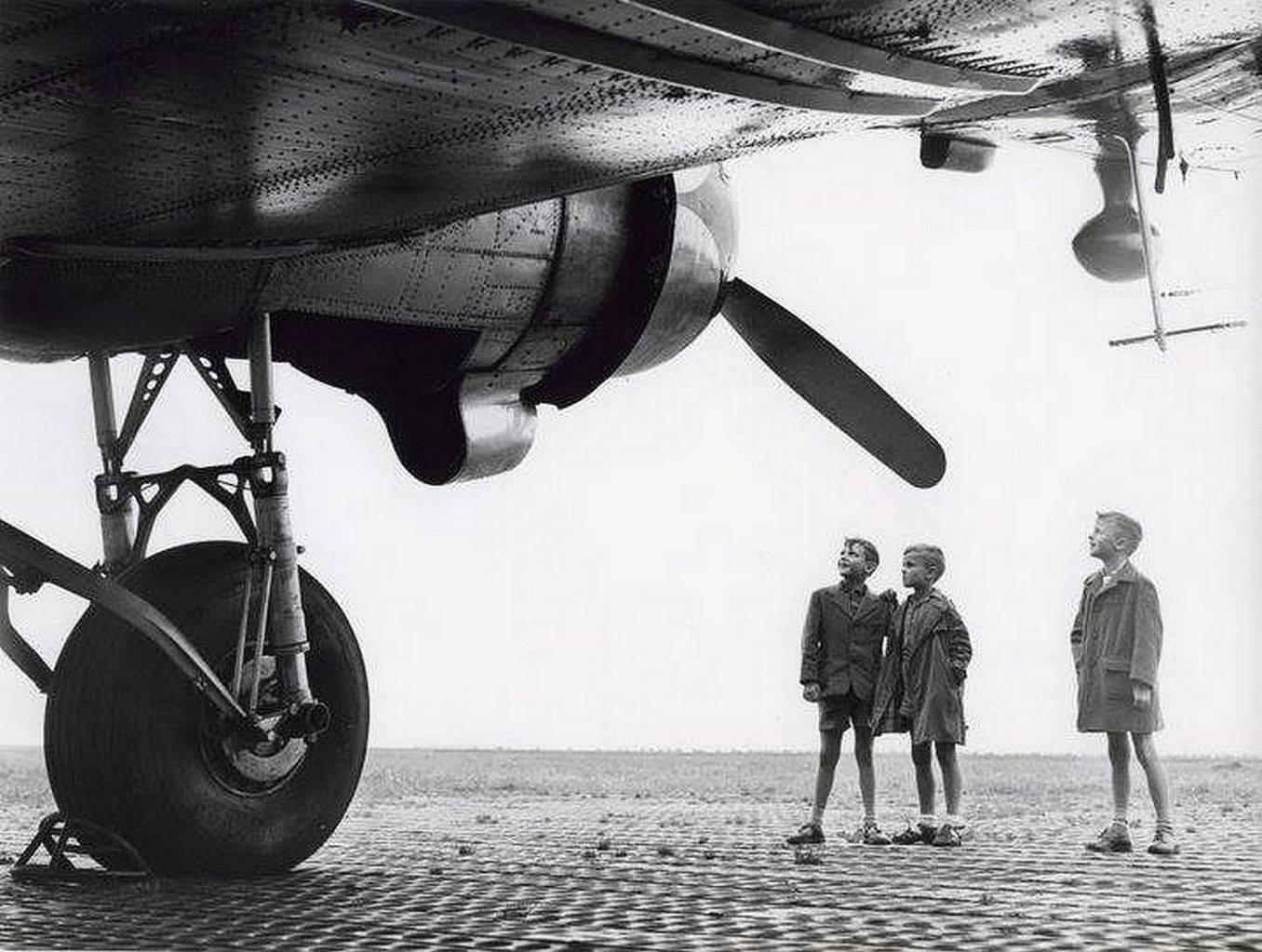
THE LITTLE LIFT
2 April 1948
General Clay orders what became the “Little Lift”. The first of 10 C-47’s called “Clays Pigeons” of the 61st Troop Carrier Squadron flies the first mission carrying supplies for our garrison and their dependents. They fly continuously to supply 80 tons a day for 10 days. The British do the same.
GATOW AIR DISASTER
3 April 1948
A Soviet Yak-3 propeller fighter plane collides with a British European Airways (BEA) Vickers VC.1B Viking airliner flying into Berlins Gatow airport. Fourteen passengers and the crew of the airliner are killed. The Yak pilot is killed as well. The Soviets denies responsibility and refuses to recognize evidence by all who witnessed the tragic event who are not Russian. Later dubbed the Gatow Air Disaster, this event exacerbated tensions between the Soviets and the other allied powers.
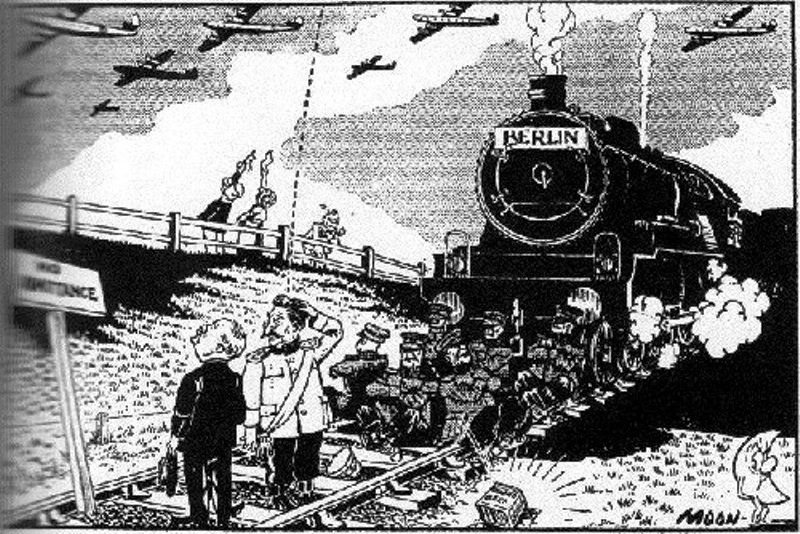
RAIL ROUTES CLOSED
5 April 1948
Rail routes to Berlin-Hamburg and Berlin-Bavaria are closed leaving only the Berlin- Helmstead line open. The British military freight-train service between the West and Berlin is barred by Soviet authorities unless each individual item of cargo has Russian clearance.
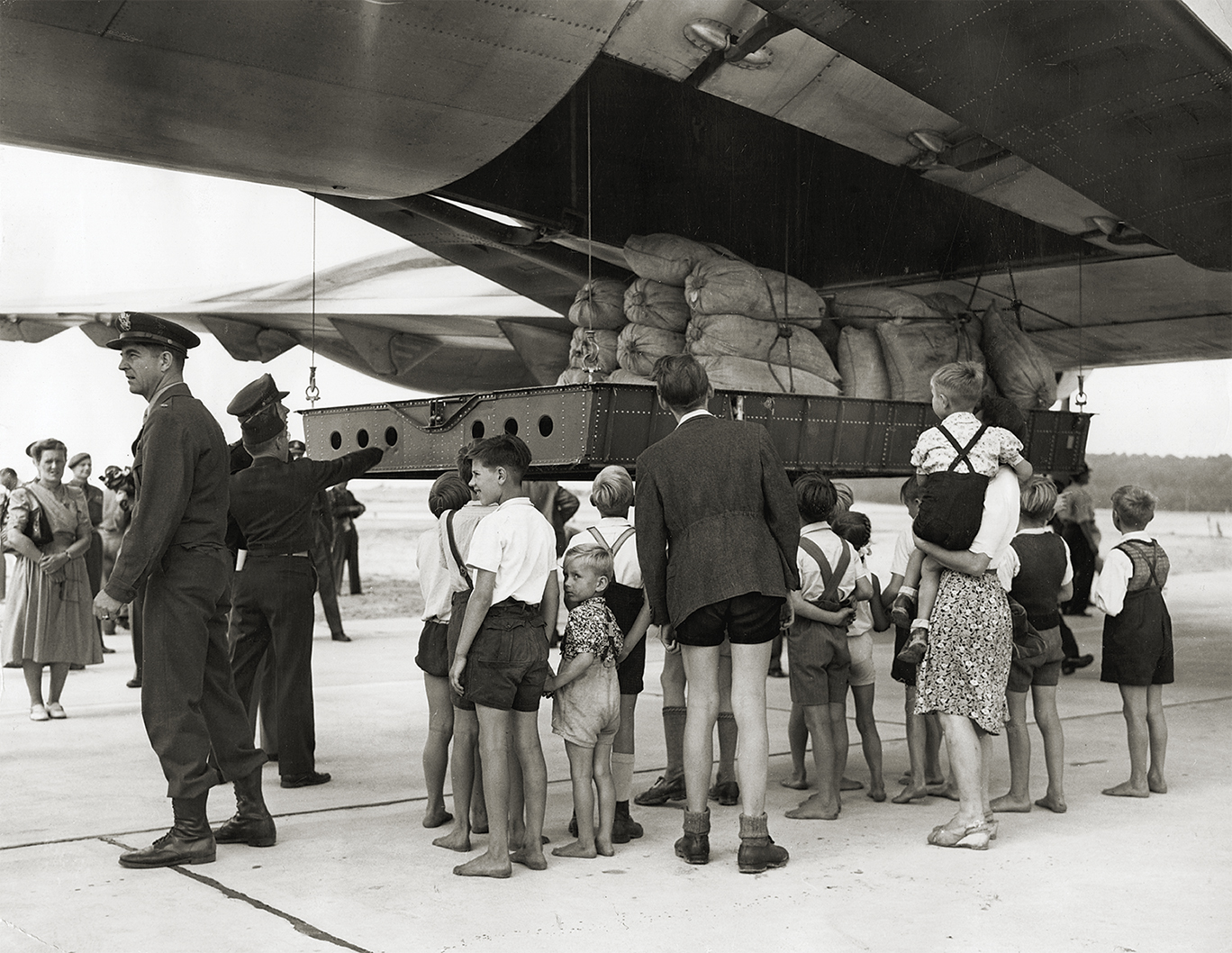
RAIL LINES OPENED AGAIN
12 April 1948
The Soviets being again to allow trains through to Berlin but General Clay continues the "Little Lift" with 20 C-47 missions a day. In case of another ground access stoppage both American and British increase the daily ground shipments of coal and flour to build up Berlin supplies. Two thirds of the supplies go in by barge from the British zone.
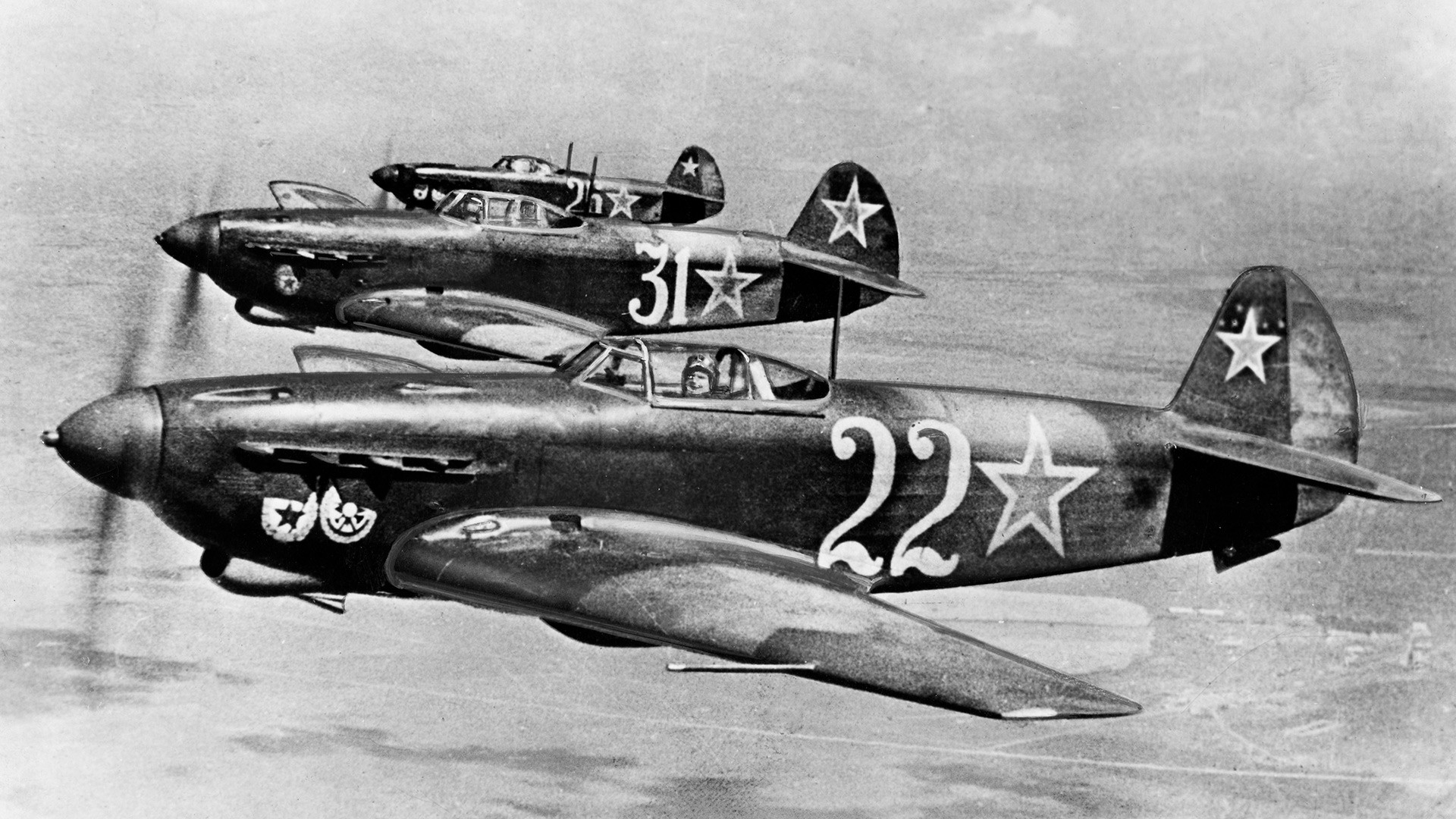
TENSIONS HEIGHTENED IN BERLIN
17 April 1948
Soviet fighters make passes at aircraft in the air corridor. Tensions in Berlin are high as kidnapping and theft by Soviets continue in the allied sectors. The Russians advertise that the allies will leave Berlin soon.
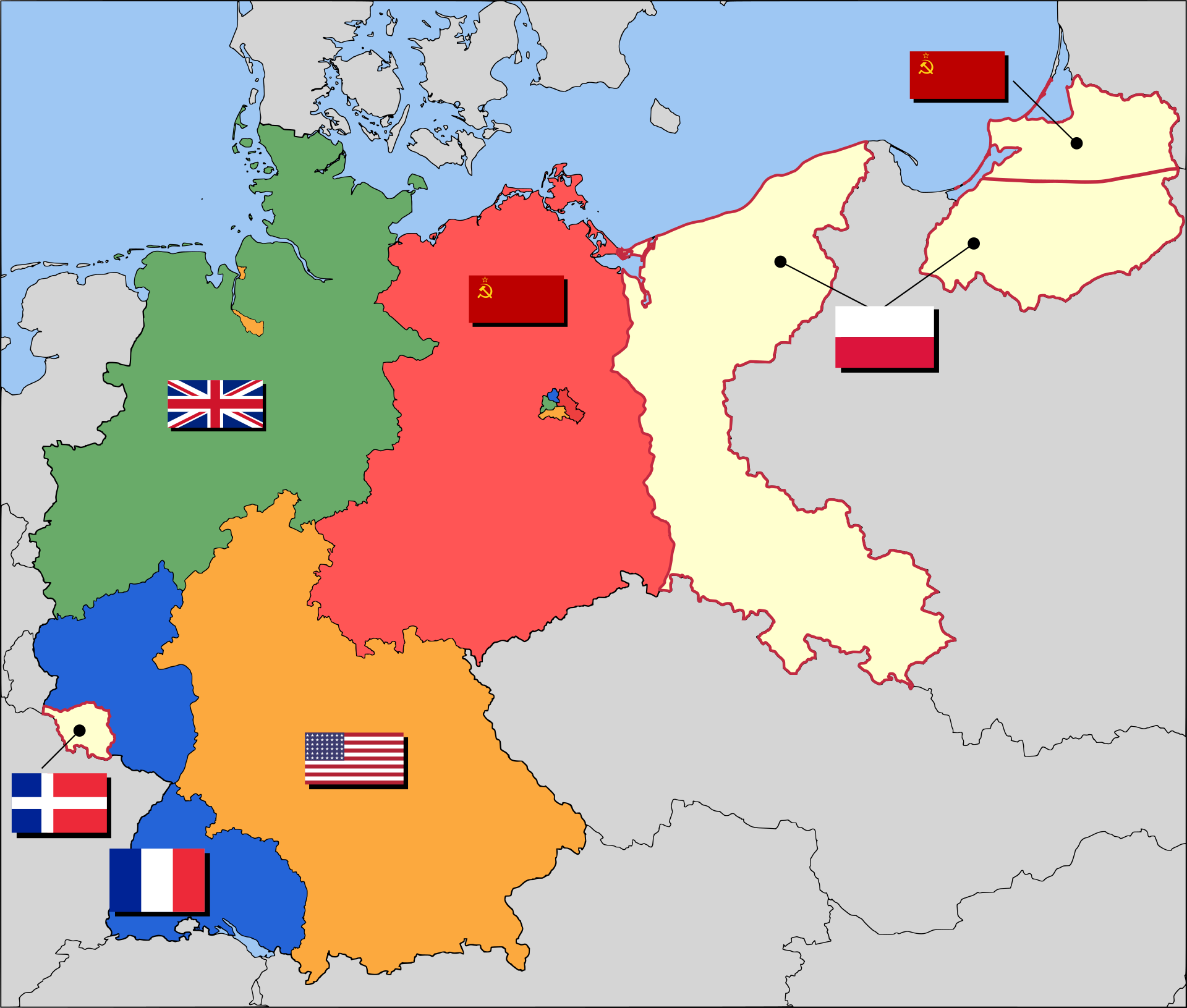
FRANCE MERGES ITS ZONE
20 April 1948
France agrees to merge their German zone with the British and American zones as the allies reconvene the London conference toward a West German and West Berlin government.
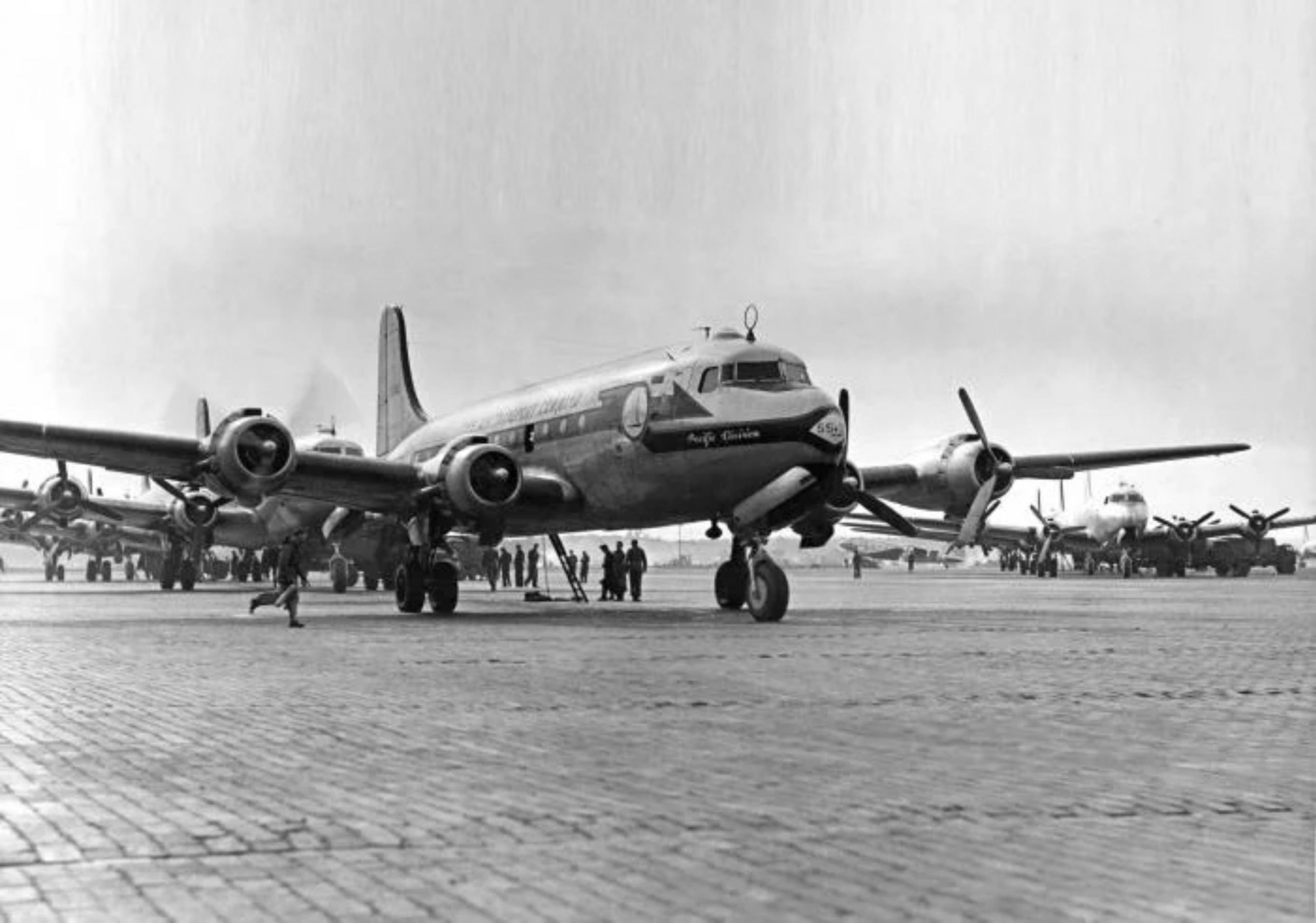
MATS ESTABLISHED
1 June 1948
Military Air Transport Service (MATS) is established by the Pentagon combining the transport aircraft assets of the new Air Force and the Navy.
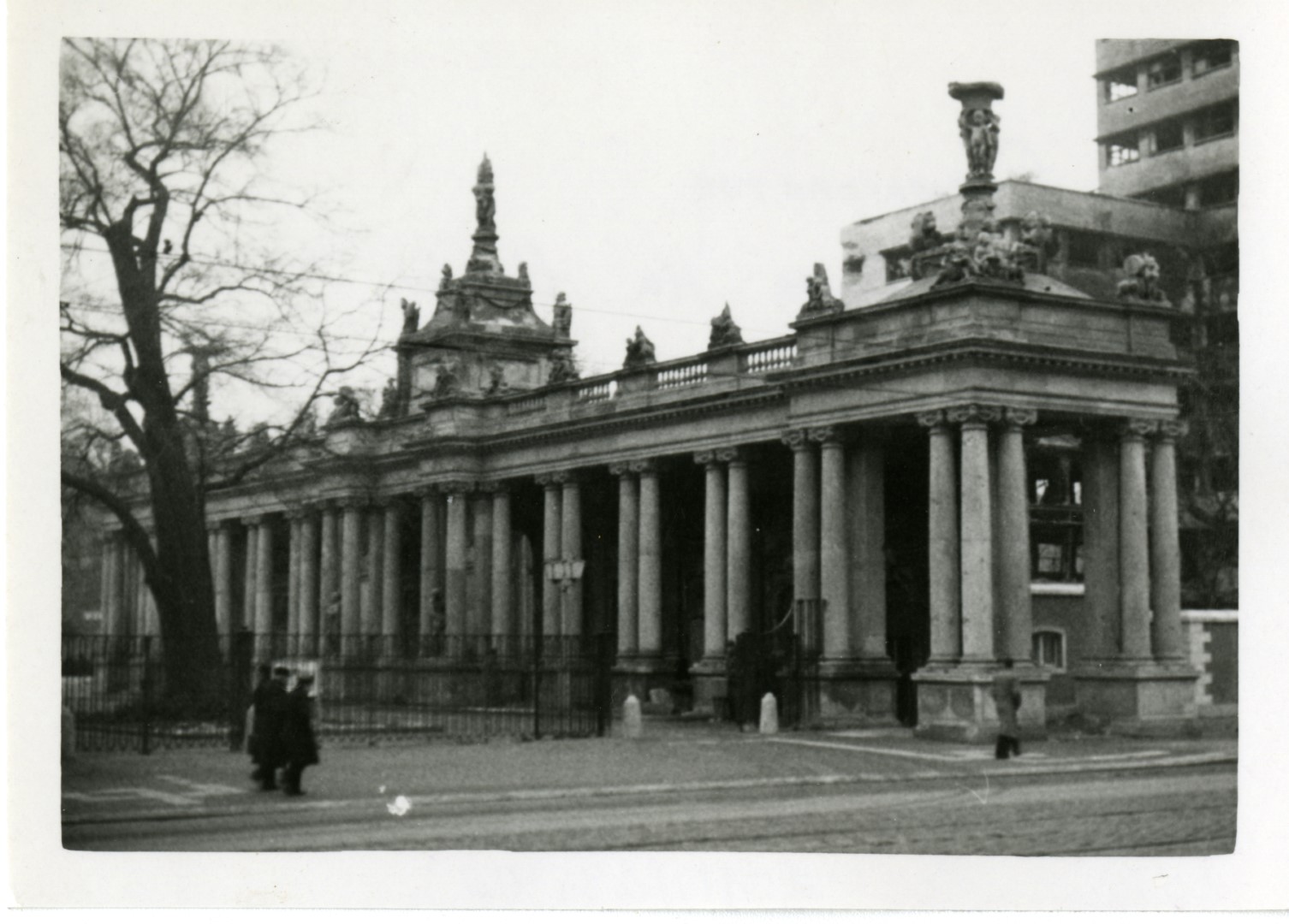
DIPLOMATIC BREAK
16 June 1948
Soviets officials walk out of the Berlin Kommandatura Council and the political break is complete. The West German provisional government announces it will have 1500 offices to exchange a new West German currency ready on a Sunday in the near future.
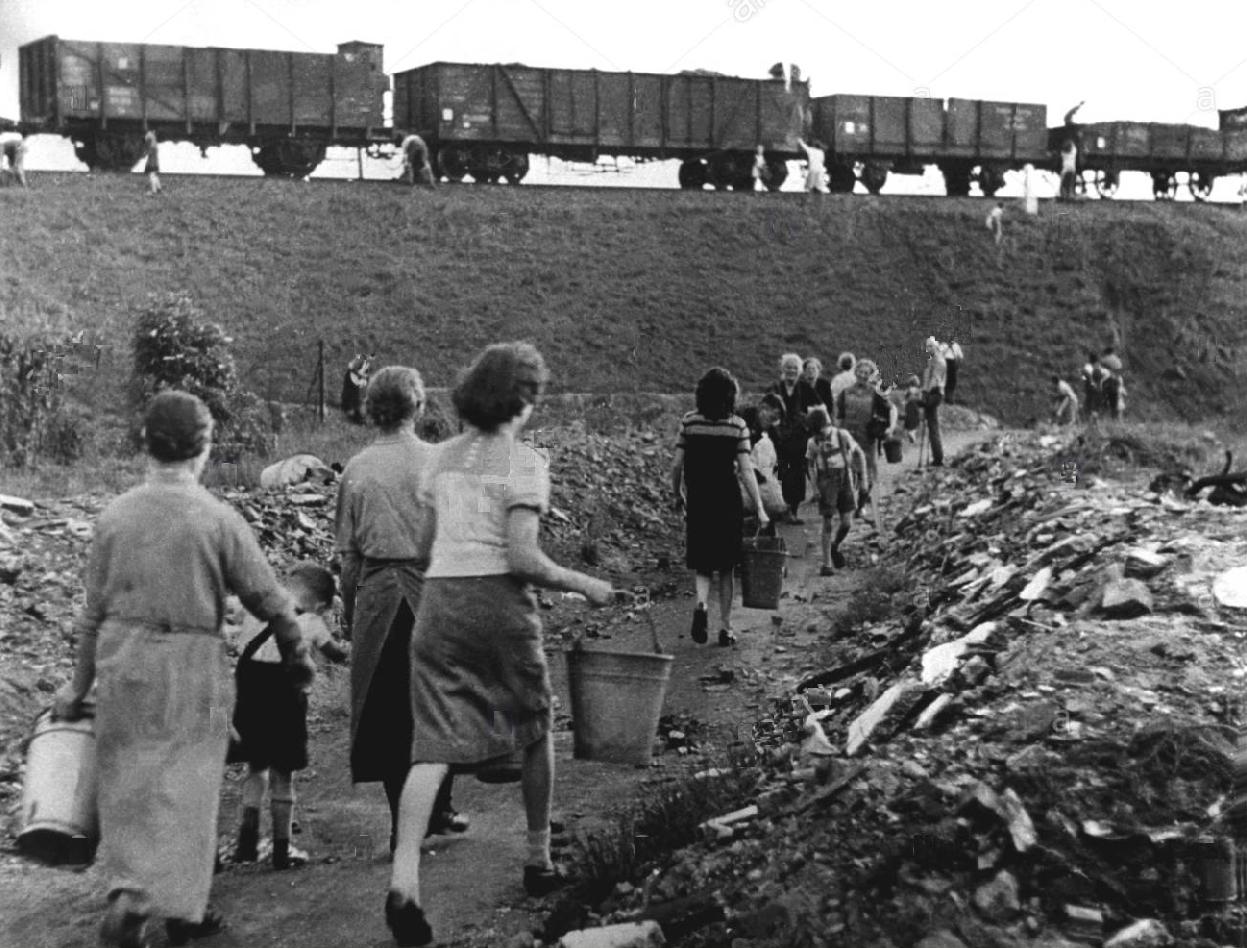
CONTINUED INTERFERENCE
10 June 1948
The Soviets continue to interfere with all surface traffic to Berlin. Five coal trains to Berlin are stopped. Washington and London deny General Clay’s request to have a tank column force its way to Berlin.
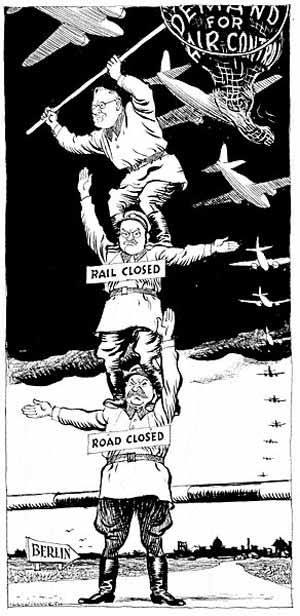
ALL TRAFFIC HALTED
18 June 1948
Allies announce currency reform in West Berlin, Soviets refuse to participate. All West to East road traffic is halted. Russians finally suspend passenger trains, road traffic, and mail to and from Berlin
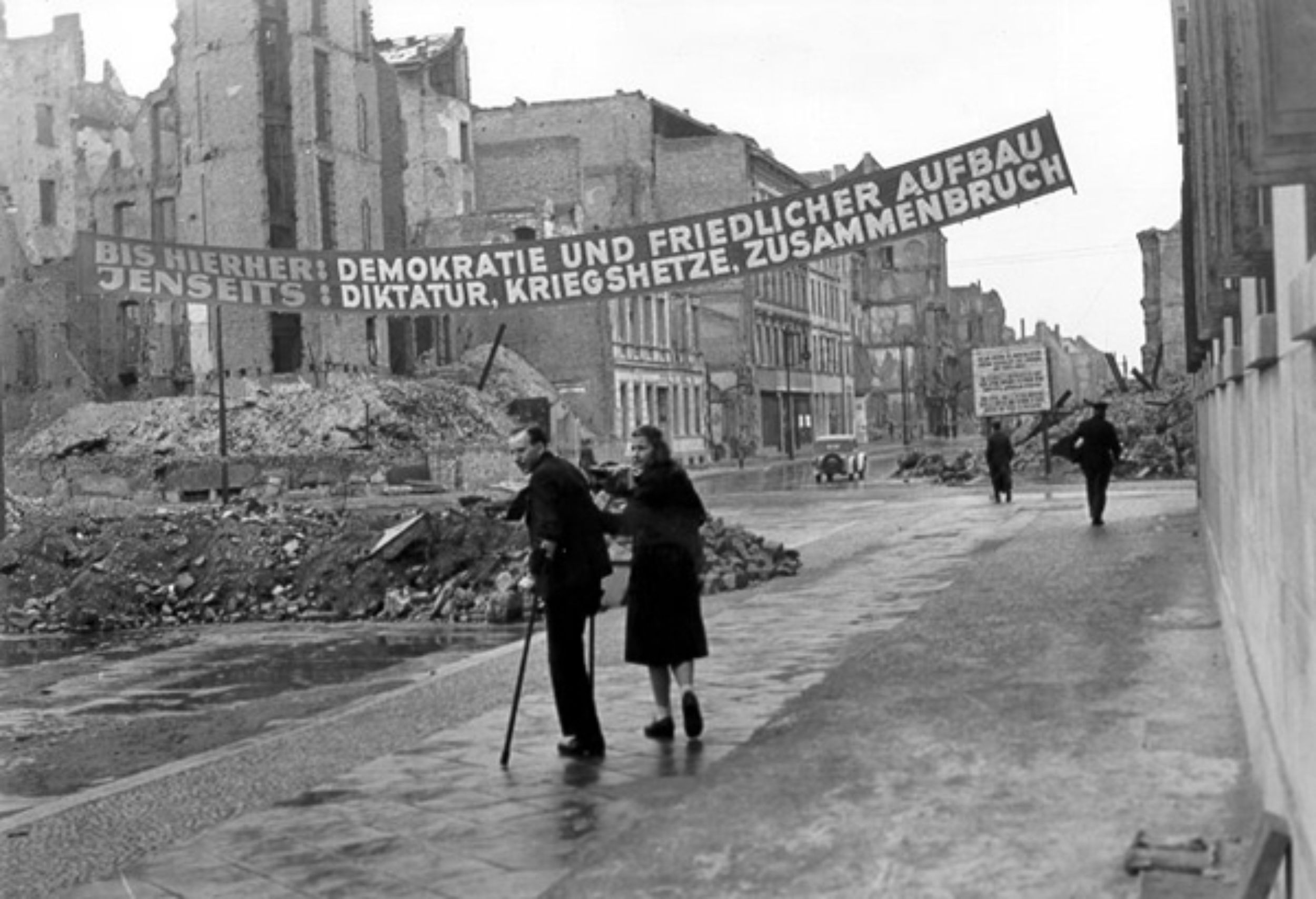
SOVIETS CUT POWER
19 June 1948
Soviets cut off food and electricity to allied sectors. Power comes back on for just 4 hours every day. Two hours during the day and two hours after midnight. Berlins receive no notice of when it will be turned on.
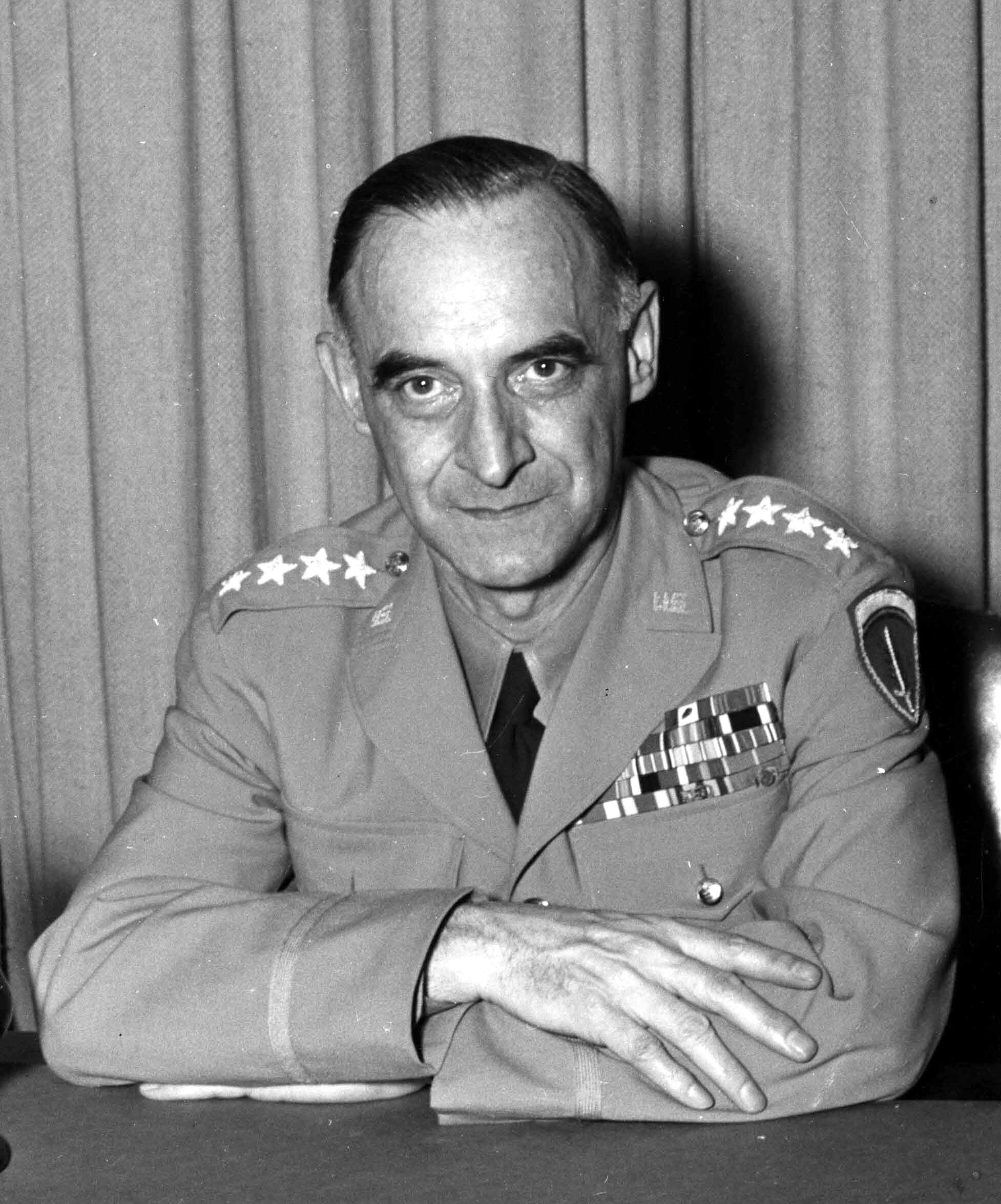
THE PLAN IS PRESENTED
24 June 1948
British Air Commodore Rex Waite presents a detailed plan to General Clay for feeding West Berlin population using aircraft Clay then phones General Curtiss Lemay to begin an airlift.
Soviets serve notice they will not supply food to Western Sectors of Berlin. In retaliation for currency reform. Soviets continue to tighten all freight, passenger, and water traffic to Berlin.
American Congress agrees to accept 200,000 displaced persons from Europe over the next two years.

THE AIRLIFT BEGINS
26 June 1948
Official start of The Berlin Airlift to supply the civilian population of West Berlin. Berliners have access to water and some sections have adequate plumbing.
More than ten C- 47’s leave Wiesbaden and make 32 flights carrying 80 tons. On orders from General Curtiss Le May 87 C-47’s and 2 European C-54’s head for Wiesbaden Air Base & Rhein-Main Air Base near Frankfort to officially start the airlift. Aircraft are from European Air Transport Service and have “EATS” painted on the front by the cockpit.
OPERATION VITTLES
29 June 1948
Headquarters USAFE creates Berlin Airlift Task Force. General Joseph Smith at Wiesbaden is assigned commander and names it “Operation Vittles”. British Operation “Knicker” begins with a C-47 “Dakota” arriving at Gatow from Wunsdorf at 0600 Hrs. In the next 24 hours 13 Dakotas fly 44 short tons of food to Berlin.
SUNDERLAND FLYING BOAT
5 July 1948
Two squadrons of (RAF) Sunderland flying boats begin operating from RAF Finkenwerder on the Elbe River. These corrosion resistant aircraft resist their cargo of salt.
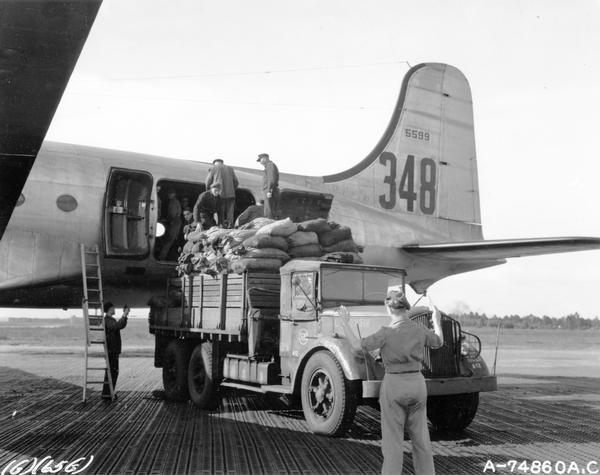
1000 TONS IN 24 HOURS
7 July 1948
The first coal is flown to Berlin in barracks bags as airlift exceeds 1,000 tons in 24 hours.

FIRST FATAL CRASH
8 July 1948
First fatal accident, a C-54 crashes near Wiesbaden results in death of 1st Lt George B. Smith, 1st Lt. Leland V. Williams, and army civilian employee Karl Von Hagan.
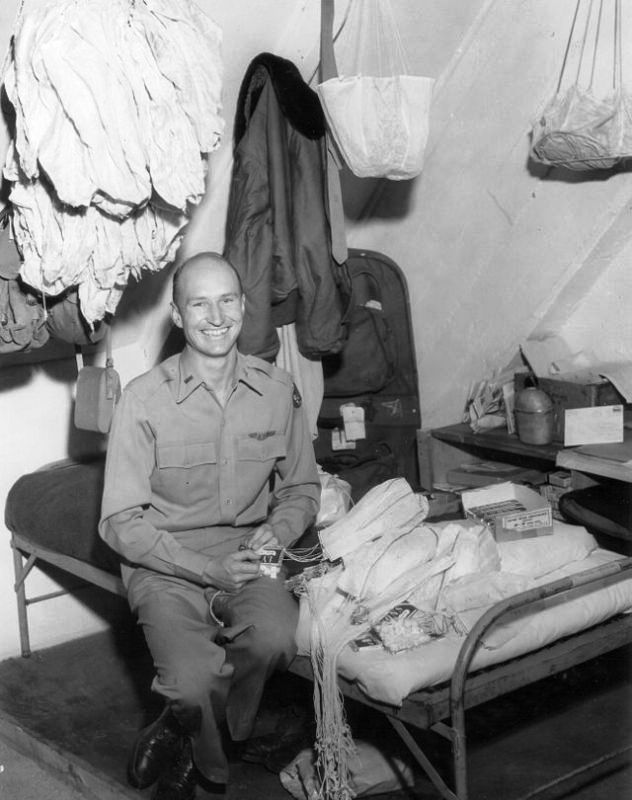
THE CANDY BOMBER
18 July 1948
Lieutenant Halvorsen meets children at Tempelhof and the next day drops candy tied to little parachutes as his C-54 makes his approach to Tempelhof.
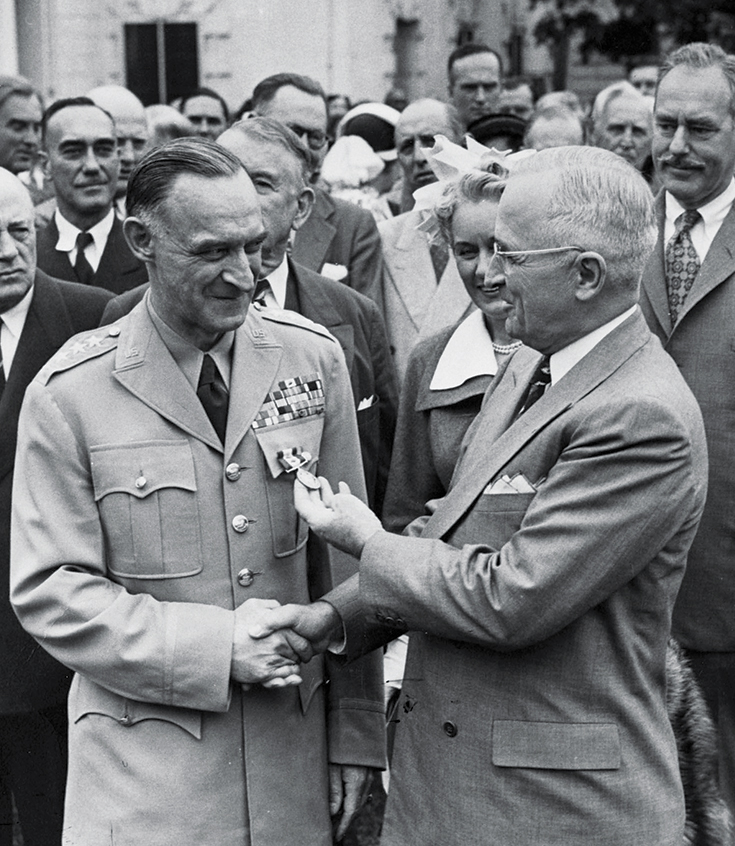
MEETING WITH THE PRESIDENT
22 July 1948
General Lucius D. Clay flies to Washington to discuss the situation with President Harry S. Truman. U.S. aircraft strength reaches 54 C-54s and 105 C47’s. British airplanes total 50 C-47s and 38 York’s. Maximum daily tonnage to date: 1,500 tons (U.S.) and 750 tons (British).
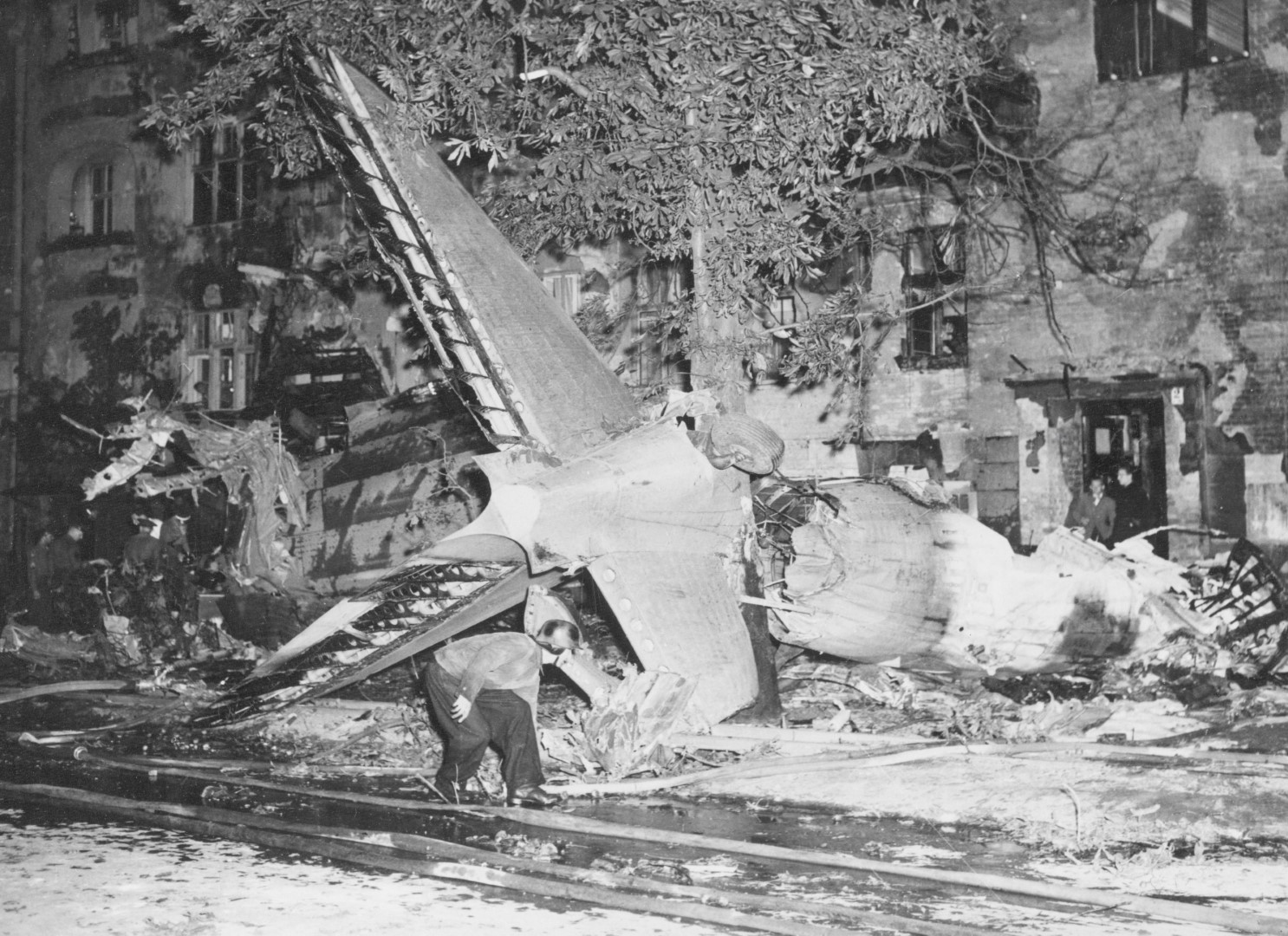
SECOND FATAL CRASH
25 July 1948
Second fatal crash. A C-47 crashes into a Berlin apartment house in the Friedenau borough. Killed are 1st. Lt. Charles H. King and 1st Lt. Robert W. Stuber. Berliners respond with fresh flowers after the wreckage is cleared and still maintain them 75 years later.

BLOCKADE DISCUSSIONS
31 July 1948
Western envoys discuss blockade situations with Soviets in Moscow. In 339 flights, airlift hauls 2,027 tons to Berlin. By the end of July the Allies accept over 7 million displaced persons from the Soviet territories of Poland, Hungary, Czechoslovakia, Latvia, Romania and Lithuania.
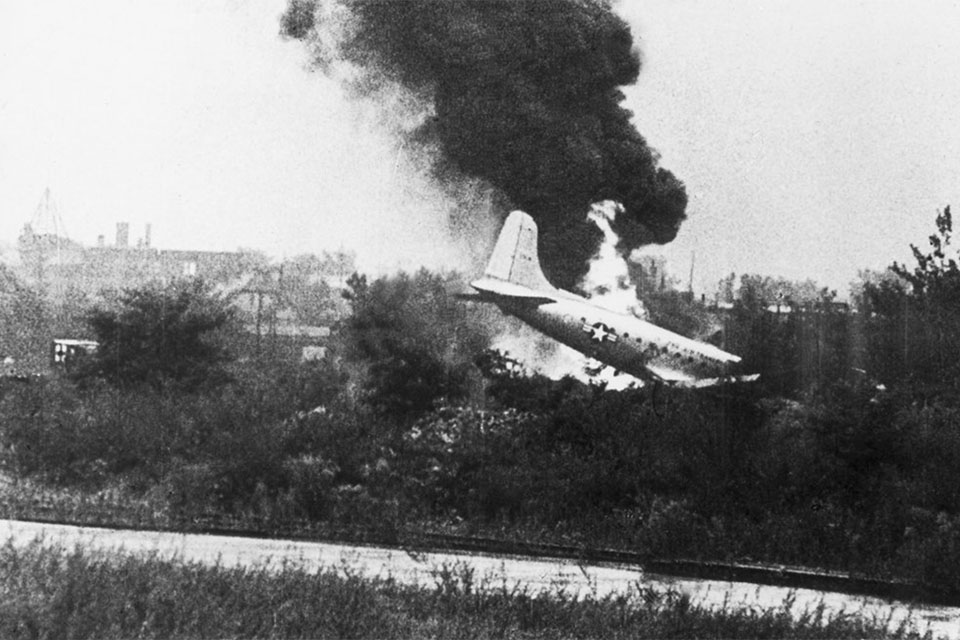
BLACK FRIDAY
13 August 1948
One C-54 crashes and burns at Tempelhof and two others are damaged avoiding the fire while landing in heavy fog. General Tunner demands a revised flight pattern and that experienced air traffic controllers in the U.S. be recalled to the Air Force.

MIDDAIR COLLISION
24 August 1948
Four crewman killed in midair crash of two C-47’s during fog over Ravolzhausen near Fassberg. Killed are Capt. Joel Devolentine, 1st Lt. William Lucas, Major Edwin Diltz, and Capt. William Howard.
New U.S. daily record: 395 flights - 3,030 tons.

AIRPORT CONSTRUCTION
1 September 1948
Work begins at Burtonwood Air Base, Lancashire, England to replace Oberpfaffenhofen as a maintenance depot for C-54’s needing 200 hour inspections. Tegel Airport construction continues in the French Sector of Berlin with almost 19,000 German civilians, including 12,000 women.

C-82 FLYING BOXCAR
13 September 1948
The first two C-82s "Flying Boxcars," arrive at Wiesbaden. With large rear entry clamshell doors, they can carry larger items than the C-54. Three more will arrive the next day.

FIRST FATAL BRITISH CRASH
19 September 1948
First fatal British crash, five airmen killed when a four-engine York crashes on take-off at RAF Wunsdorf.

FIRE TRUCK COLLISION
2 October 1948
Fire truck collides with C-54 at Rhein-Main AB PFC Johnnie T. Orms is killed.

LT. GENERAL JOHN K. CANNON TAKES OVER USAFE
16 October 1948
Lieutenant General John K. Cannon takes over as Commander of USAFE from Lieutenant General LeMay.

FIRST FATAL C-54 CRASH
18 October 1948
First fatal C-54 crash four miles from Rhein-Main. Killed are 1st. Lt. Eugene S. Erickson, Capt. James A. Vaughan, and Sgt. Richard Winter. Headquarters USAF recalls 10,000 former pilots, radio operators, and flight engineers for airlift duty.

TEGEL OPENS
29 October 1948
Oct Tegel Airport is dedicated in ceremonies to mark the opening of Berlin's third airlift terminal. Cpt. George Burns killed in ground accident at Tegel.
October ’48 totals: U.S. Flights 6100 U.S. Tonnage 115,792.2
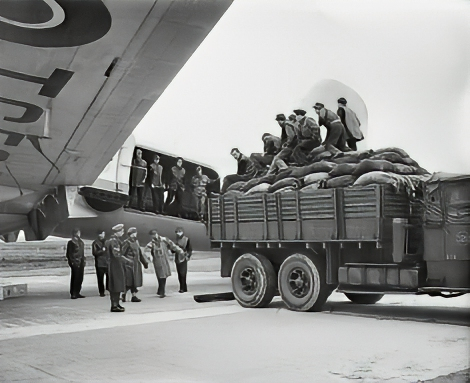
FIRST SQUADRON ARRIVES AT SCHLESWIGLAND
2 November 1948
The first two squadrons of RAF's Hastings aircraft arrive at Schleswigland Germany.
RAF Burtonwood Air Depot in England is activated for C-54 cleaning and 200 hour IRAN (Inspection, and Repair As Necessary). Opening is scheduled for the 18th.
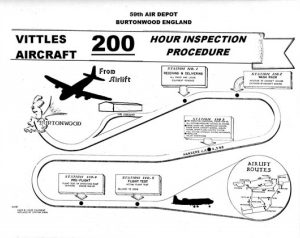
Berlin Airlift IRAN (inspection and repair as needed) after 200 hours for the C-54 Skymaster.

1ST AIRLIFT TASK FORCE DESIGNATION
4 November 1948
The first 11 pilots trained at Great Falls Montana “Little Corridor” arrive Rhein Main at midnight. The Airlift Task Force is redesigned the 1st Airlift Task Force (ALTF) under the command of the Combined Airlift Task Force.(CAFT)
Image: A Douglas C-54 Skymaster practices a "Tempelhof Landing" at Great Falls Air Force Base, Mont. Student pilots were taught this special type of landing to simulate flight conditions at Tempelhof airport, Berlin. The approach glide angle is very steep and the airplanes touch down with a high-nose altitude and are held nose-high until engines slow down. This causes the wing to act as an airbrake and use of the wheel brakes is cut to a minimum.
Image Credit: US Air Force
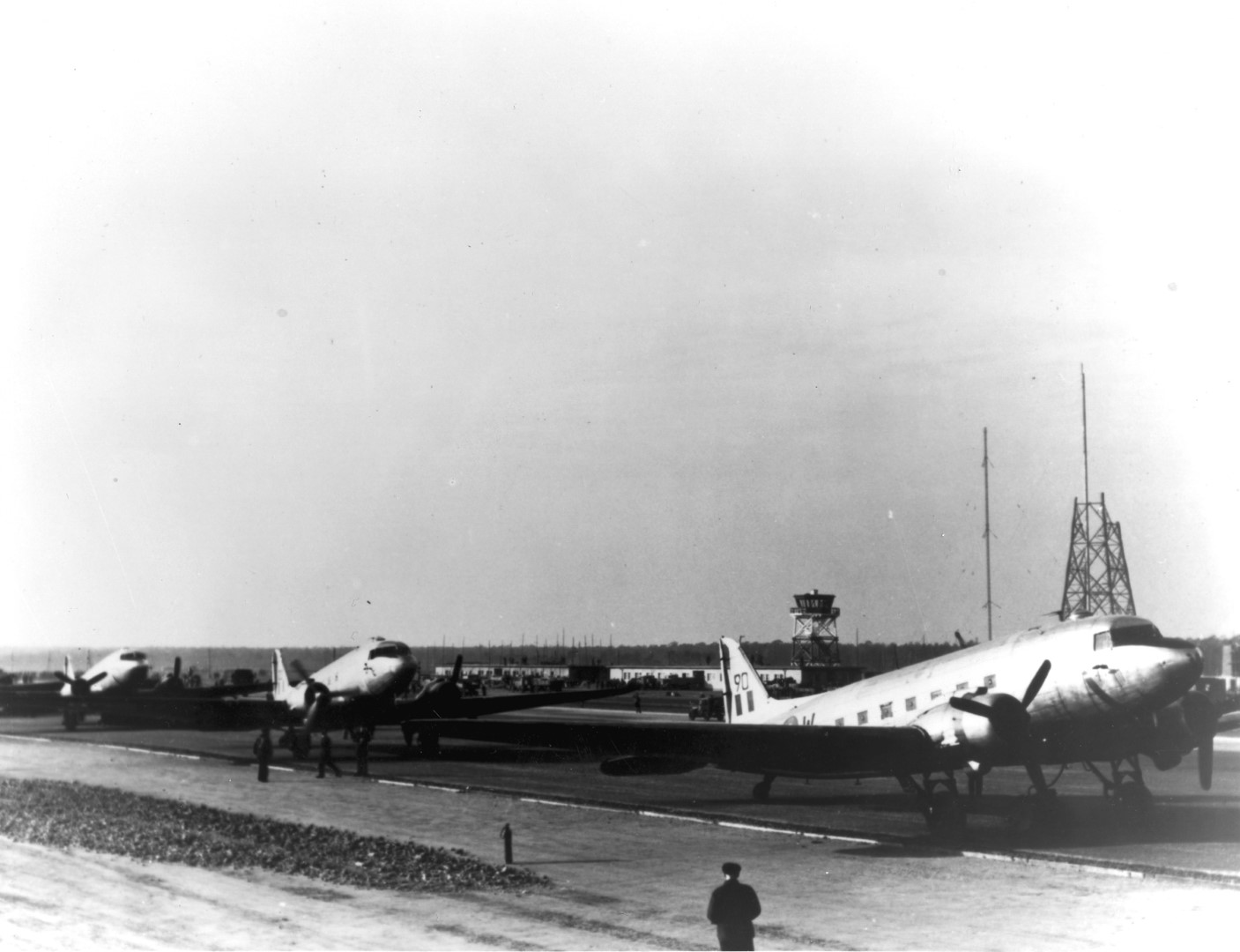
PROVISIONAL OPERATIONS BEGIN AT TEGEL
5 November 1948
Provisional operations begin at Tegel airport flown by 1st Lt P. G. Smith of 19th TCS. The 300,000th ton of supplies is flown into Berlin by 1st Lt Donald G. Bidwell from Dayton OH.
Image: Royal Air Force C-47's being unloaded in the early days of Tegel.
Image Credit: US Air Force
MORE TIMELINE CONTENT COMING SOON!
Our timeline is still under construction!

